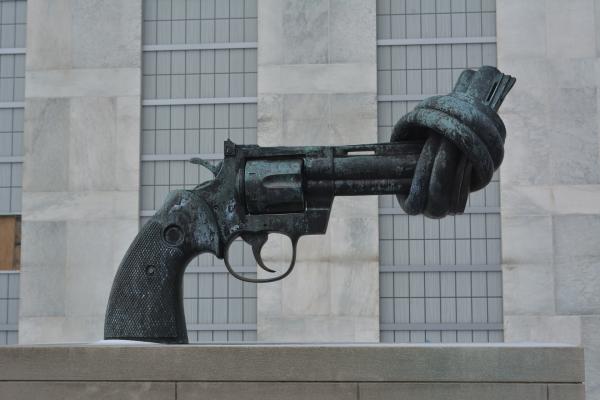The National Firearm Survey sampled 55,000 Americans; roughly 30,000 were invited to complete a questionnaire on how they stored their guns at home. Nearly two-thirds of the invited responded, 52% women, 62% White, 15% Hispanic, 11% Black, 33% living with children under the age of 18. 40+% of the participants lived in a household with both firearms and children; for the arithmetically inclined, 1.9 children on average.
Findings
Let’s begin with some of the characteristics of gun owners to see if we can puncture any myths.
- 60% were male, 77% married
- 13% were under age 29, 51% were between 30 and 44, the remainder over that age
- Gun ownership broke along racial and ethnic lines to a large degree
- 36% had some college, 32% had a bachelor’s degree or higher
- 26% of the gun owners lived in urban areas, 27% in rural areas – the majority lived in the suburbs
- 20% earned less than $50,000 annually, 44% earned more than $100,000 annually
- As you might expect if you know gun owners, 54% owned both long guns, i.e., rifles and shotguns and handguns. 28% only owned handguns
- 43% of gun ownership was in the South, 8.8% in the Northeast
44% kept those guns unloaded and locked
40% kept those guns loaded and locked, or unloaded and unlocked
15% kept guns loaded and unlocked – unquestionably the most unsafe form of storage in the presence of children.
By comparison in 2015
“Firearm owners with children were more likely to store all household firearms locked and unloaded in 2021 (44.1%) compared with 2015 (29%) and were slightly less likely to have firearms that were both loaded and unlocked (15% vs. 21%).”
That is a 15 point absolute improvement in gun storage, 50% if you wish to speak in relative terms. And it is a 6 point absolute reduction in the unsafe storage of guns, a 28% relative reduction.
Rather than take a victory lap, the researchers point out that the increase in the number of homes with guns results in their estimation of no change in the number of children at risk. But that claim is more mathmagic than observed. Interestingly, their original study pointed to population growth as a reason for increased children at risk, not so in their current reporting.
If you go back to their original report from 2015, there is more insight to be gained. Guns stored, loaded, and unlocked were far more often found in homes where guns were for “protection,” and those guns were most often handguns. And here is the kicker: female gun owners with children were twice as likely to store loaded and unlocked weapons as male gun owners with children.
You would think, given all of our concern “for the children,” as evidenced by the concerns over vaccinations, returning to school, what they learn in school, etc., that we might all agree to store firearms in homes with children safely. Of course, you would be wrong; many have derided pediatricians and even made it illegal to ask about guns in the home. It is “out of their lane.” But really, they are simply emphasizing the concerns of a group where guns and gun safety are clearly within their lane, the NRA. They are very clear,
“Store guns so they are not accessible to unauthorized persons.”
“Many factors must be considered when deciding where and how to store guns. A person's particular situation will be a major part of the consideration. Dozens of gun storage devices, as well as locking devices that attach directly to the gun, are available. However, mechanical locking devices, like the mechanical safeties built into guns, can fail and should not be used as a substitute for safe gun handling and the observance of all gun-safety rules.”
Source: Firearm Storage in US Households with Children Findings From the 2021 National Firearm Survey JAMA Network Open DOI: 10.1001/jamanetworkopen.2021.48823




